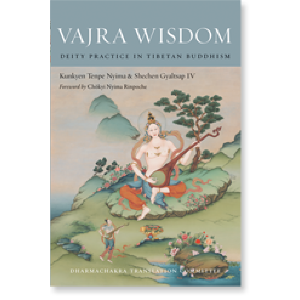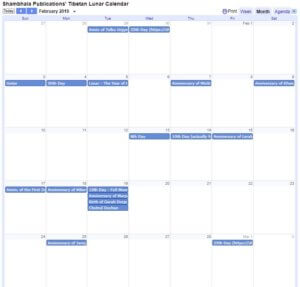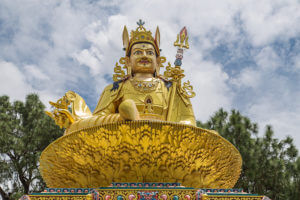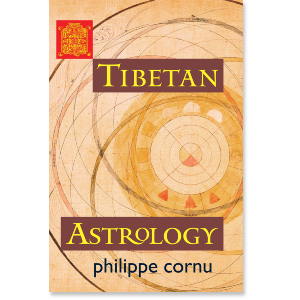Kunkyen Tenpe Nyima
Khartrul Kunkyen Tenpe Nyima, recognized as a reincarnation of Śāntarakṣita, was a nineteenth-century master from Repkong, the homeland of Shabkar and many other masters. His father was Chöying Thobden Dorje, the author of the The Complete Nyingma Tradition, a landmark text widely studied in eastern Tibet.
Kunkyen Tenpe Nyima
-
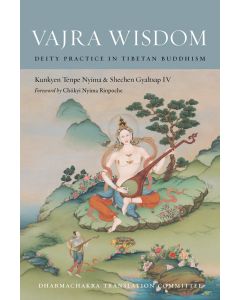 Vajra Wisdom$24.95- Paperback
Vajra Wisdom$24.95- PaperbackBy Kunkyen Tenpe Nyima
By Shechen Gyaltsap IV
Foreword by Chokyi Nyima Rinpoche
Translated by Dharmachakra Translation Committee
By Shechen Gyaltsap Gyurme Pema Namgyal -
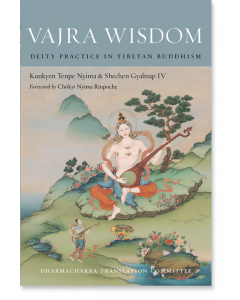 Vajra Wisdom$24.95- Hardcover
Vajra Wisdom$24.95- Hardcover
GUIDES
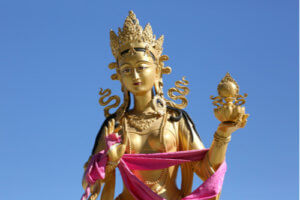
Special Practice Days in the Tibetan Calendar
What follows is an excerpt by Kunkyen Tenpe Nyima from Vajra Wisdom: Deity Practice in Tibetan Buddhism on the special practice days of the month as well as the monthly special days. It is followed by an excert from Tibetan Astrology on the specific days of each month.
"Now, for the four lunar sacred days when virtuous activities are multiplied. From the first to the fifteenth of the final winter month of Māgha, the first Mongol month, is the sacred time frame when Buddha showed miracles.
The seventh day of the final spring month of Vaiśākha, the fourth Mongol month, is the sacred day when Buddha was born. The fifteenth day of that month is the sacred day when Buddha became enlightened and passed away.
The fourth day of the middle spring month of Āṣāḍha, the sixth Mongol month, is the sacred day when Buddha turned the Wheel of the Dharma [Chokor Duchen].
The fifteenth of that month is the sacred day when Buddha entered the womb.
The twenty-second day of the middle autumn month of Āśvina, the ninth Mongol month, is the sacred day when Buddha descended from the god realm [Lhabab Duchen].
The entire months in which these days occur are sacred periods.
Moreover, the third day of the middle spring month of Caitra, the third Mongol month, is the time when Buddha preached The Wheel of Time [Kalachakra]
The fifteenth of that month is the time when Buddha preached the Perfection of Wisdom Sūtras and others, in addition to many tantras.
It is said that the full moon, new moon, and eighth days of the lunar month are always sacred days of Amitābha, Buddha Śākyamuni, and Medicine Buddha, respectively.

Lochen Dharmasri from Mindroling
Alternatively, Lochen Dharmaśrī said:
Externally, during the three days of the eighth, fourteenth, and fifteenth of the waxing period and during the twenty-fifth, twenty-ninth, and new moon days of the waning period the ḍākinīs circulate to the three external places. Internally, these are times when there is a special circulation of energies in the channels. In particular, on the tenth during the day and on the twenty-fifth during the night the accomplished ḍākinīs convene at the places of practitioners. Thus, in order to accomplish whatever ritual you initiate, exert yourself at those times.
$24.95 - Hardcover
By: Dharmachakra Translation Committee & Kunkyen Tenpe Nyima & Shechen Gyaltsap Gyurmé Pema Namgyal & Shechen Gyaltsap IV
On the practice of ganachakra (tsok)

List of the characteristics of all 30 days of each month
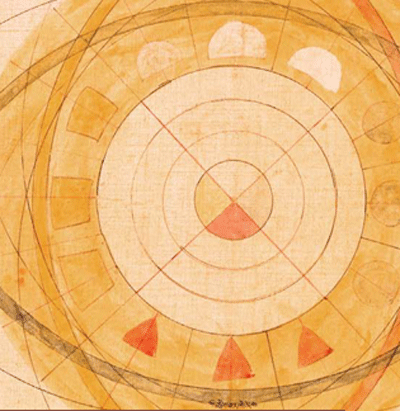
From Tibetan Astrology by Phillipe Cornu. Note: this presentation is to some extent universal though sarma traditions will vary. For example, the 10th day in the Gelug tradition tends to focus on the Lama Chopa, a Guru Yoga of Tsongkhapa.
Important Days of the Month
Each month has a number of days dedicated to particular practices.The 8th is the day of Tara, protectress deity of Tibet. Pujas are performed to Tara.
-------
The 10th is Guru Rinpoche day. Guru Rinpoche or Padmasambhava is the Buddha who established Tantric Buddhism in Tibet. At the esoteric level, he is the essence of all buddhas and masters. He is the Buddha of our troubled age, dispelling all negativities, and as such he occupies an important place in the hearts and in the practice of the Tibetans, particularly those of the Nyingma school.
[For specifics, see our article on the 10th day of each month]
15th day: Day of the Buddha, devoted to meditation and the recitation of sutras.
19th day: Performance of pujas to the protectors and the Medicine Buddha.
25th day: Day of the dakinis, "those who fly in space. " The dakinis symbolize the female energy of enlightenment and are the inspiration of the great yogis. On this day, female energy is at its peak.
29th day: Day of the Dharmapalas, protectors of the Dharma.
30th day: Buddha day, devoted to recitation of the sutras.

